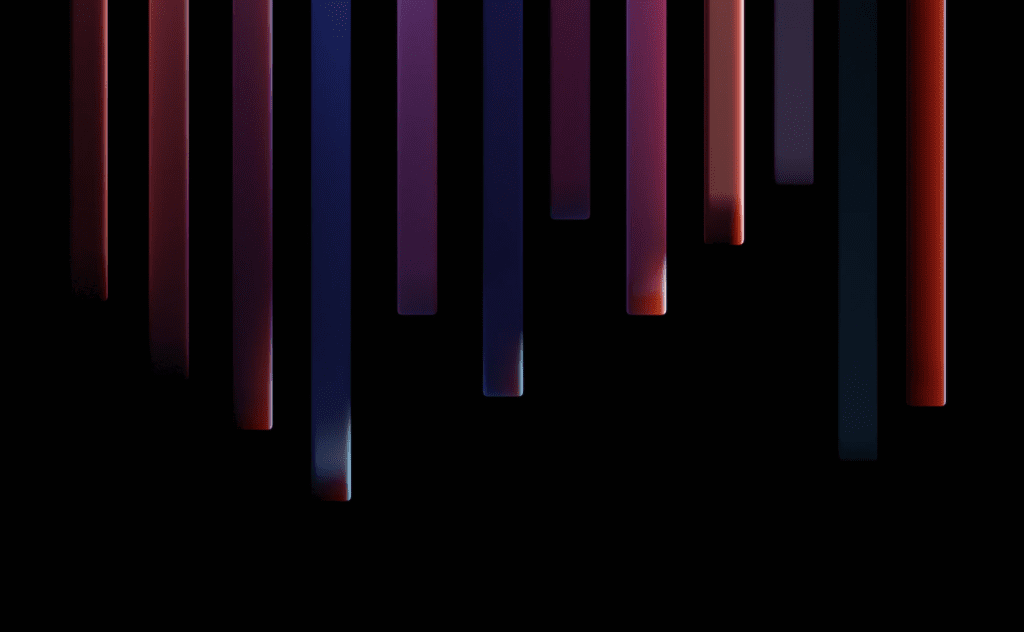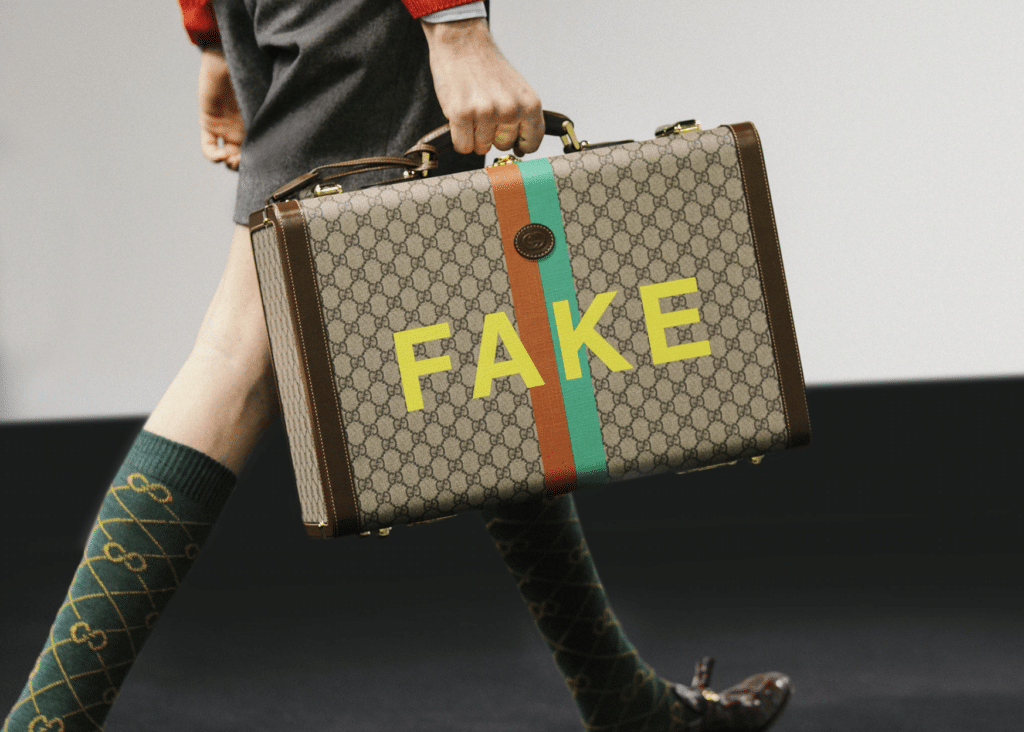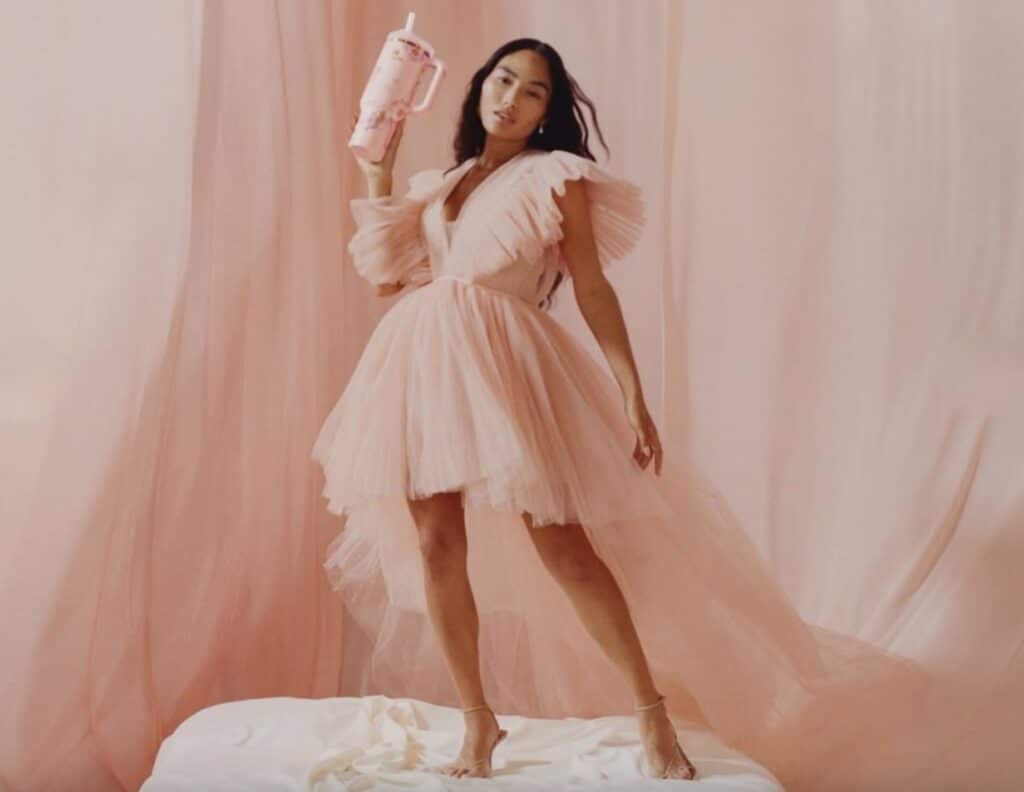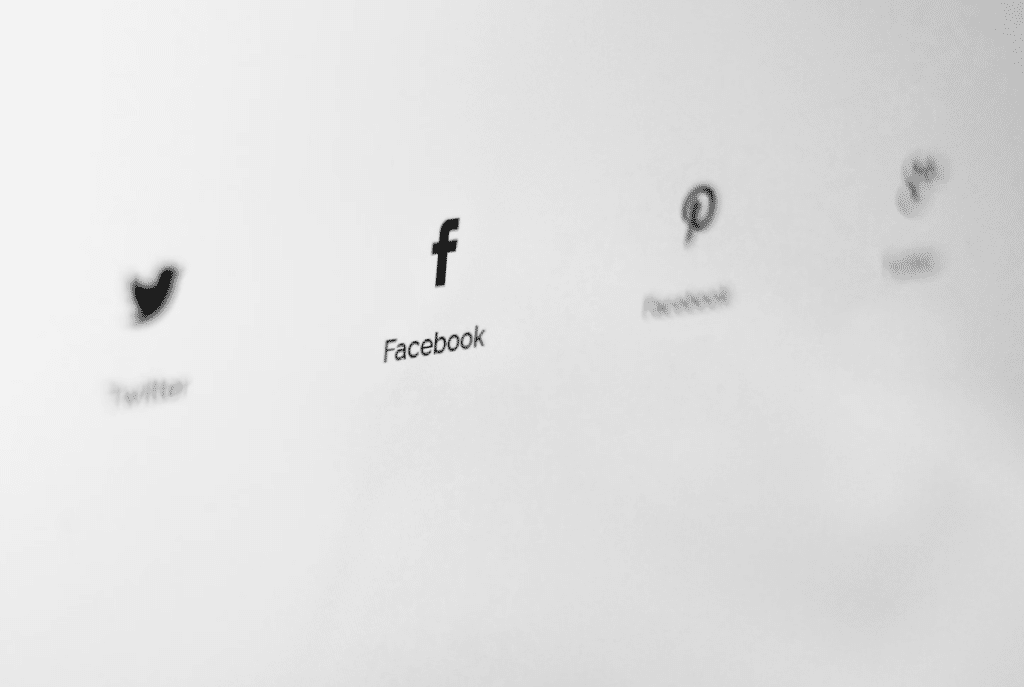The U.S. Copyright Office has announced the launch of an initiative “to examine the copyright law and policy issues” raised by artificial intelligence (“AI”) technology, including “the scope of copyright in works generated using AI tools and the use of copyrighted materials in AI training,” saying that after convening public listening sessions in the first half of 2023 to gather information about current technologies and their impact, it will publish a notice of inquiry in the Federal Register. In the meantime, the Copyright Office has issued a statement of policy in order to “clarify its practices for examining and registering works that contain material generated by the use of AI technology.”
“Because [it] receives roughly half a million applications for registration each year,” the Copyright Office says in the policy statement that it published on Wednesday that “it sees new trends in registration activity that may require modifying or expanding the information required to be disclosed on an application.” One such recent development: The use of “sophisticated AI technologies capable of producing expressive material.” For some background, the Office asserts that “these technologies ‘train’ on vast quantities of preexisting human-authored works and use inferences from that training to generate new content. Some systems operate in response to a user’s textual instruction, called a ‘prompt.’ The resulting output may be textual, visual, or audio, and is determined by the AI based on its design and the material it has been trained on.”
These technologies – often described as “generative AI” – raise questions about “whether the material they produce is protected by copyright, whether works consisting of both human-authored and AI-generated material may be registered, and what information should be provided to the Office by applicants seeking to register them,” Register of Copyrights and Director of the U.S. Copyright Office, Shira Perlmutter, asserts in the newly released statement.
“These are no longer hypothetical questions as the Office is already receiving and examining applications for registration that claim copyright in AI-generated material,” Perlmutter states, pointing to …
(1) “A Recent Entrance to Paradise,” a visual artwork that the Office received an application for in 2018. The application – which described the work as “autonomously created by a computer algorithm running on a machine” – was denied, per Perlmutter, “because, based on the applicant’s representations … the examiner found that the work contained no human authorship.” After a series of administrative appeals, the Office’s Review Board affirmed that the work could not be registered. The Office’s decision is currently being challenged in Thaler v. Perlmutter; and
(2) “Zarya of the Dawn,” a graphic novel “comprised of human-authored text combined with images generated by the AI service Midjourney,” which the Copyright Office determined last month “constitutes a copyrightable work, but that the individual [AI-generated] images themselves could not be protected by copyright.”
Perlmutter confirms that the Office “has received other applications that have named AI technology as the author or co-author of the work or have included statements in the ‘Author Created’ or ‘Note to Copyright Office’ sections of the application indicating that the work was produced by or with the assistance of AI.” At the same time, additional applicants “have not disclosed the inclusion of AI-generated material but have mentioned the names of AI technologies in the title of the work or the ‘acknowledgments’ section of the deposit.” Based on these developments, the Office has concluded that “public guidance is needed on the registration of works containing AI-generated content.”
The Bottom Line: Perlmutter states that in the Office’s view, “it is well-established that copyright can protect only material that is the product of human creativity,” and that “most fundamentally, the term ‘author,’ which is used in both the Constitution and the Copyright Act, excludes non-humans.”
A Few Key Takeaways
The Copyright Office’s March 16 statement of policy includes a number of additional takeaways regarding the registrability of works that include AI-generated elements, what applicants should do going forward, etc. …
– If a work’s traditional elements of authorship were produced by a machine, the work lacks human authorship, and the Office will not register it.
– Insufficient Human Authorship: Based on the Office’s understanding of the generative AI technologies currently available, users do not exercise ultimate creative control over how such systems interpret prompts and generate material. Instead, these prompts function more like instructions to a commissioned artist—they identify what the prompter wishes to have depicted, but the machine determines how those instructions are implemented in its output. For example, if a user instructs a text-generating technology to “write a poem about copyright law in the style of William Shakespeare,” she can expect the system to generate text that is recognizable as a poem, mentions copyright, and resembles Shakespeare’s style. But the technology will decide the rhyming pattern, the words in each line, and the structure of the text. When an AI technology determines the expressive elements of its output, the generated material is not the product of human authorship. As a result, that material is not protected by copyright and must be disclaimed in a registration application.
– Sufficient Human Authorship: In other cases, however, a work containing AI-generated material will contain sufficient human authorship to support a copyright claim. For example, a human may select or arrange AI-generated material in a sufficiently creative way that “the resulting work as a whole constitutes an original work of authorship.” Or an artist may modify material originally generated by AI technology to such a degree that the modifications meet the standard for copyright protection. In these cases, copyright will only protect the human-authored aspects of the work, which are “independent of” and do “not affect” the copyright status of the AI-generated material itself.
– This policy does not mean that technological tools cannot be part of the creative process. Authors have long used such tools to create their works or to recast, transform, or adapt their expressive authorship. For example, a visual artist who uses Adobe Photoshop to edit an image remains the author of the modified image, and a musical artist may use effects such as guitar pedals when creating a sound recording. In each case, what matters is the extent to which the human had creative control over the work’s expression and “actually formed” the traditional elements of authorship.
– Filing New Applications: Individuals who use AI technology in creating a work may claim copyright protection for their own contributions to that work. They must use the Standard Application, and in it, identify the author(s) and provide a brief statement in the “Author Created” field that describes the authorship that was contributed by a human. For example, an applicant who incorporates AI-generated text into a larger textual work should claim the portions of the textual work that is human-authored. And an applicant who creatively arranges the human and non-human content within a work should fill out the “Author Created” field to claim: “Selection, coordination, and arrangement of [describe human-authored content] created by the author and [describe AI content] generated by artificial intelligence.” Applicants should not list an AI technology or the company that provided it as an author or co-author simply because they used it when creating their work.
– Amending Existing Applications: Applicants who have already submitted applications for works containing AI- generated material should check that the information provided to the Office adequately disclosed that material. If not, they should take steps to correct their information so that the registration remains effective.











